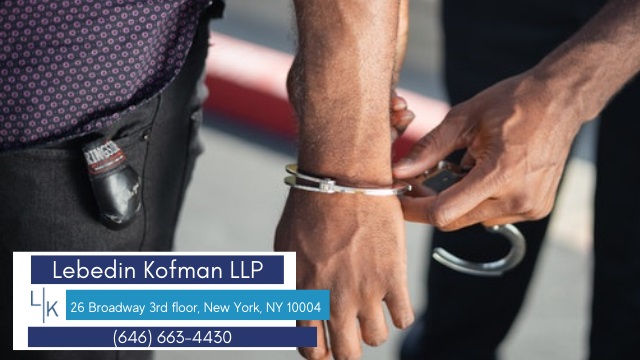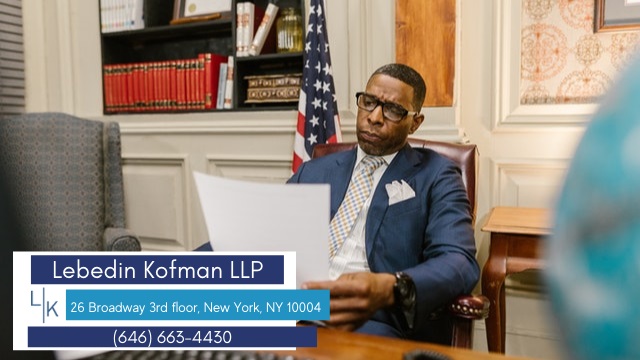what does mail fraud carry
The most important issue to be asked in a case of mail fraud is "How can fraud involving mail be proved in the court?" The prosecution does not need to prove that the defendant actually wrote the item, but rather that he caused it. Fortunately it is not necessary for the government to have to prove that the defendant was aware it was a fact that he had sent the item. If the defendant was able to steer the contract of a friend such as a friend, then it was in breach of his obligation to offer honest services.

